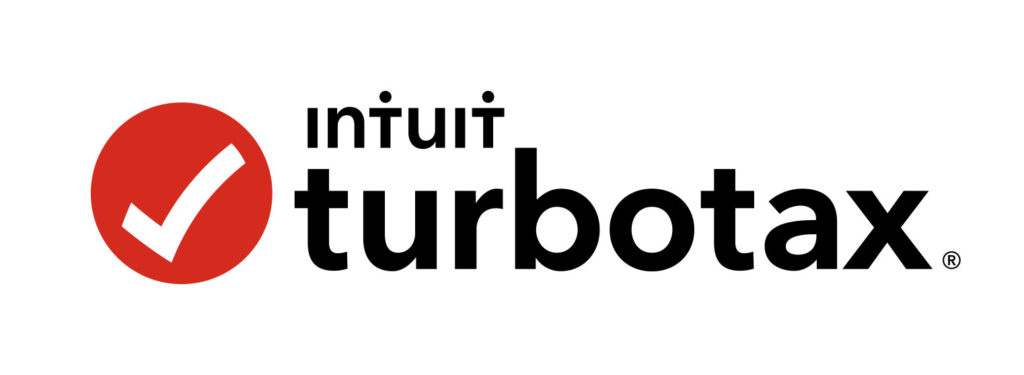
Grades 9-12
Happy EconEdMonth! Celebrate economics all month long by visiting EconEdMonth.org

Don't have an account yet? Sign up for free
Don't have an account yet? Sign up for free
Students will be able to:

In this personal finance lesson, students will examine earned and unearned income.
Warm-Up
Display the following questions on the board. Have students write complete sentences.
Encourage students to think about and discuss the following questions with the knowledge there are no right or wrong answers. Discuss their answers as a class. Complete the discussion by sharing that today they will be learning about savings, investing, and unearned income.
Modeling
Begin the class by stating the following:
You will explore the ways people earn money and you will create a plan for earning extra money. There are only a few ways you can get money honestly. You can find it, win it, receive it as a gift, and earn it. Write the following on the board:
Find it.
Have you ever found a coin on the sidewalk? Or maybe under the cushions of a chair? Money can be lost anywhere. If you are alert, you might find it. Of course, if you find a wallet or a lot of money, you will want to try to find the owner.
Win it
Some people win money in a contest. Others win money by gambling. Buying a lottery ticket is one way people gamble. When you gamble, you have to spend money to try to win. There is no guarantee you will win more money than you spend. In fact, there is no guarantee that you will win anything. You have a better chance of getting hit by a bolt of lightning than winning a lottery. Also, in most states, you have to be at least 18 years old before you can gamble.
Receive it as a gift
Sometimes people receive money for a special occasion such as a birthday, holiday, or graduation. When money is given and nothing is expected in return, the money is a gift. If you get money as a gift, be sure to send a thank-you note in return. In your note you might mention what you plan to do with the money. Be sure to follow through with your plan. Having a plan and following through will show that you are a wise money manager. People are more likely to give you money again if they think you are a wise money manager.
Earn it
You can’t count on winning money or getting it as a gift. Most people get their money by earning it. Do you get paid money for doing work at home? Some young people are paid an allowance for doing chores. Others get paid for good grades or the amount of time they spend practicing a musical instrument. Remember, if you are given money and nothing is expected in return, the money you get is a gift. You did not earn it.
Once you have some money, you can use it to get more money. You can save or invest your money. You do this by letting someone else borrow your money. Banks, credit unions, businesses, and even the government will pay you to let them use your money. When you work for money, you are getting earned income. When your money earns money, the money you are paid is called unearned income. This is because you didn’t have to do a job to get it. Your money did the work for you!
Group Activity
Have students sit in pairs or groups of three. Print and distribute a copy of Ways for Heather to Earn Money to each group. Read the directions out loud. Encourage the students to brainstorm ideas. Display Heather Learns About Earning on a projector screen. Introduce the story by stating that Heather needs to solve a problem. Tell the class that they will find out how she solved her problem. Read the story to the class. Revisit the Heather to Earn Money worksheet and review ways that Heather tried to earn money for the party.
Individual Activity
Ask students to reflect about their own experience. Ask students to think of something they would like to have but need more money to buy. Introduce the concept of allowance by defining the word. Print copies of the Allowance Survey handout and distribute copies to each individual student. Have student submit their handout.
Print copies of Money Doesn’t Grow on Trees to test the students’ knowledge of vocabulary words that are important when discussing earning money. When the students have completed the activity allow them to check their own work. Print and distribute copies of Money Doesn’t Grow on Trees Answer Key.
Activity 1
Instruct students to prepare a plan for earning extra money to buy something they may want to purchase in the future. Print and distribute copies of My Earnings Plan. Elements of their plan should include the following:
Activity 2
After the students have completed the Allowance Survey, as class use the acquired data to create a class graph. Have students tally up the data and anaylze it in groups. Using a large paper chart, map the points. Possible topics include:
Activity 3
Expand on the allowance topic by having students read books on ways to earn money. Create a reading station with the following books:

Grades 9-12

Content Partner
Grades 9-12

Grades 6-8

Grades 6-8
